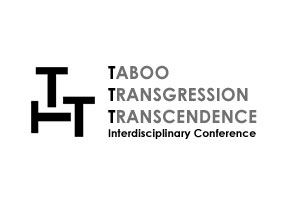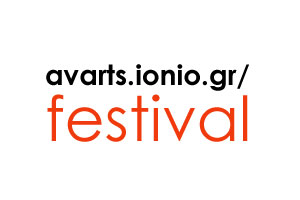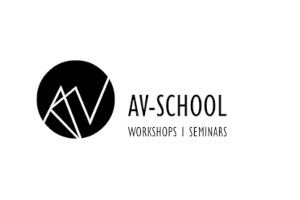Warning: Trying to access array offset on null in /opt/websites/offwww/commons/includes/extra_modules_functions.php on line 404
Warning: Trying to access array offset on null in /opt/websites/offwww/commons/includes/extra_modules_functions.php on line 424
Deprecated: explode(): Passing null to parameter #2 ($string) of type string is deprecated in /opt/websites/offwww/commons/includes/extra_modules_functions.php on line 424
Warning: Trying to access array offset on null in /opt/websites/offwww/commons/includes/extra_modules_functions.php on line 438
Back




